Here at Vandermeer Nursery, sustainability is more than a buzzword — it's a core part of how we operate. As a family-owned business, we're focused on making responsible choices that support long-term environmental health. From water recycling to reducing plastic waste and discontinuing invasive species, our practices are designed to ensure a thriving future for gardening and our community.
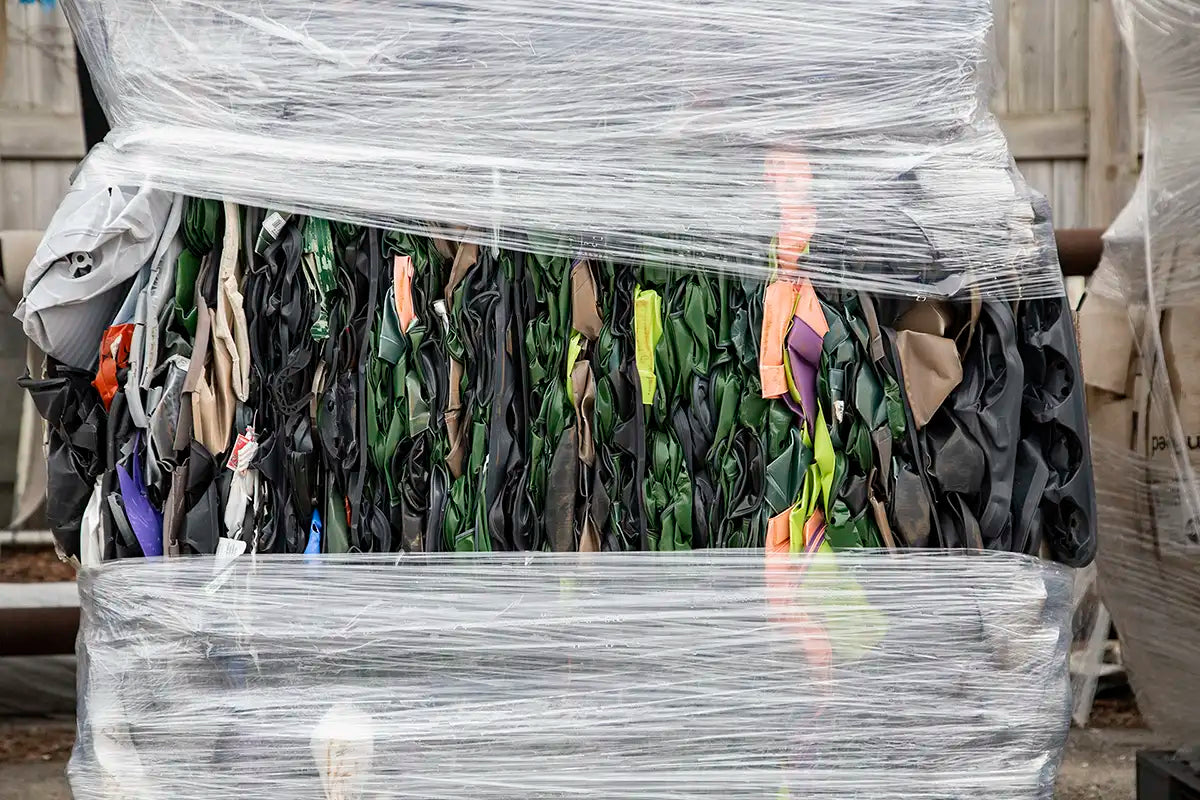
Plastic Recycling
We’ve been recycling our greenhouse plastic for over 10 years, helping reduce waste across the horticultural industry. Since 2019, we’ve recycled more than 200,000 pounds of greenhouse plastic through our closed-loop partnership with East Jordan Plastics — an industry leader in sustainable horticultural recycling.
All of our homegrown plants are grown in 100% recyclable plastic pots and trays, ensuring that sustainability starts from the ground up. Customers are welcome to drop off their used greenhouse plastic, and while you're here, feel free to take any pots or trays from our reuse station, free of charge. We accept plastic types #2, #5, and #6 (just look for the recycling logo on the pot), making it easy for our community to contribute.
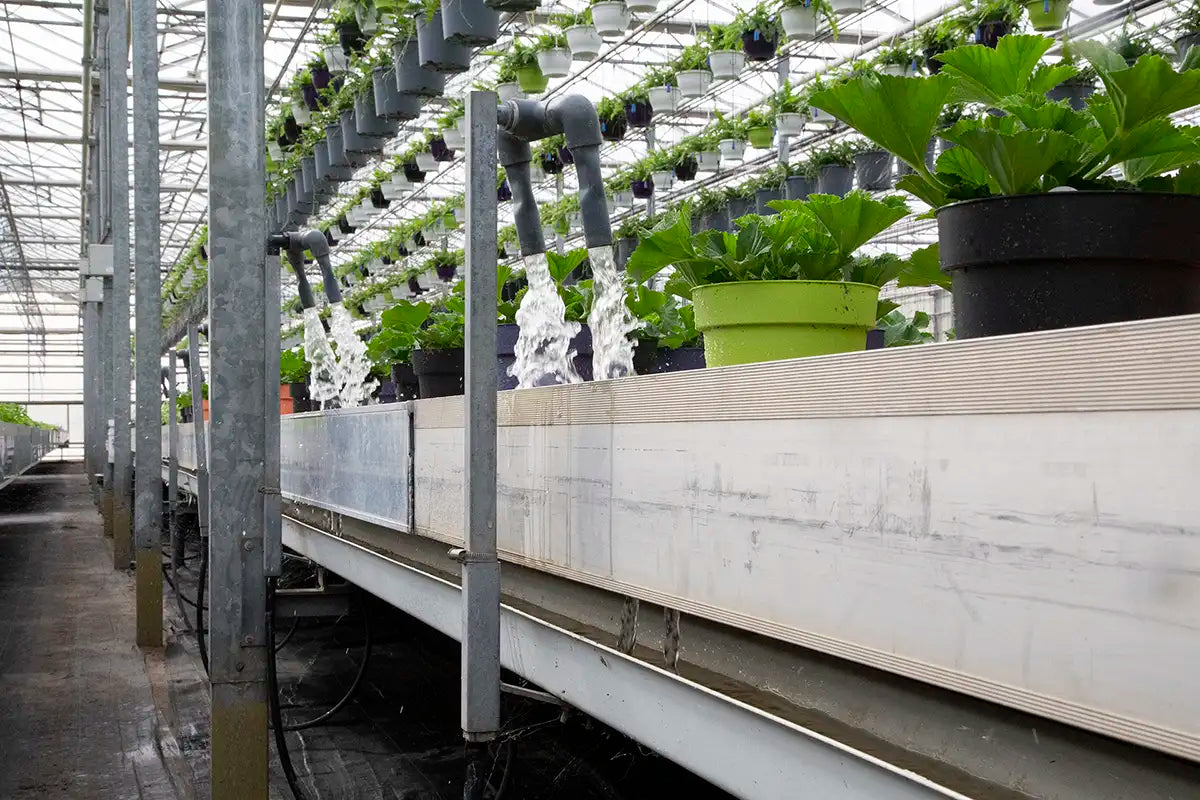
Rainwater Collection & Water Recycling
98% of the water we use is collected rainwater from across our property, including the expansive roofs of our greenhouses. Once collected, the water is filtered, treated, pH balanced, and enriched with fertilizer before being delivered to our crops. In our production greenhouses, we use flood tables with bottom watering systems to deliver water directly to plant roots, significantly reducing evaporation and waste.
Our greenhouses and nursery yard are designed with a network of drains that capture and reuse every drop of runoff, whether from irrigation or rainfall. This water is directed into our holding tanks, treated again, and cycled back into the system.
By continuously recycling our water, we minimize waste, reduce fertilizer runoff, and operate entirely off-grid, drawing nothing from municipal sources. It’s a closed-loop system that helps us grow sustainably while protecting one of our most vital natural resources.
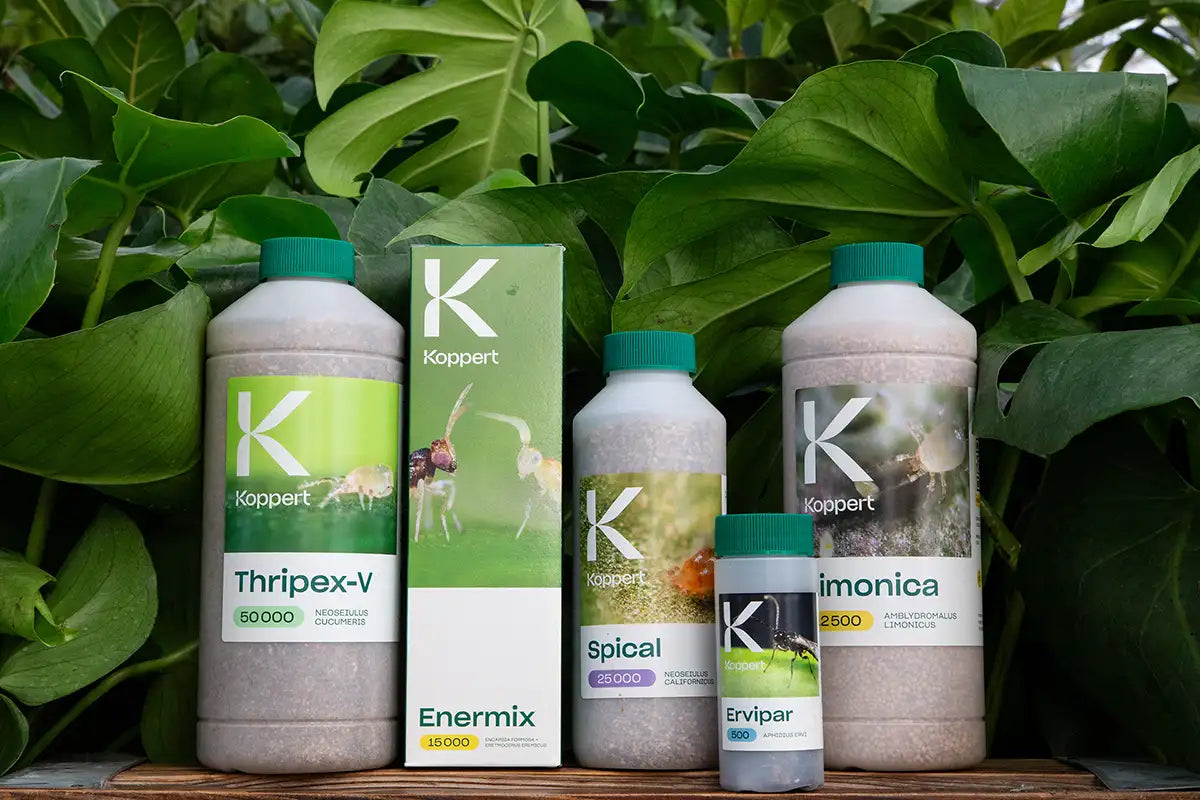
Beneficial Insects
We use millions of beneficial insects as a natural and highly effective way to manage pests in our greenhouses, reducing the need for harmful sprays. These specialized predators are carefully selected to target specific problem insects, offering a more precise solution than general releases like ladybugs.
By applying them weekly (regardless of whether an issue is visible), and using preventative sachets and sprinkle on susceptible plants, we not only keep pest problems in check but also help build a sustained population of beneficial insects that live and work in the greenhouse. It's a long-term, environmentally safe approach that benefits our staff, our customers, and the plants we grow. We proudly partner with Koppert Canada to support this sustainable practice.
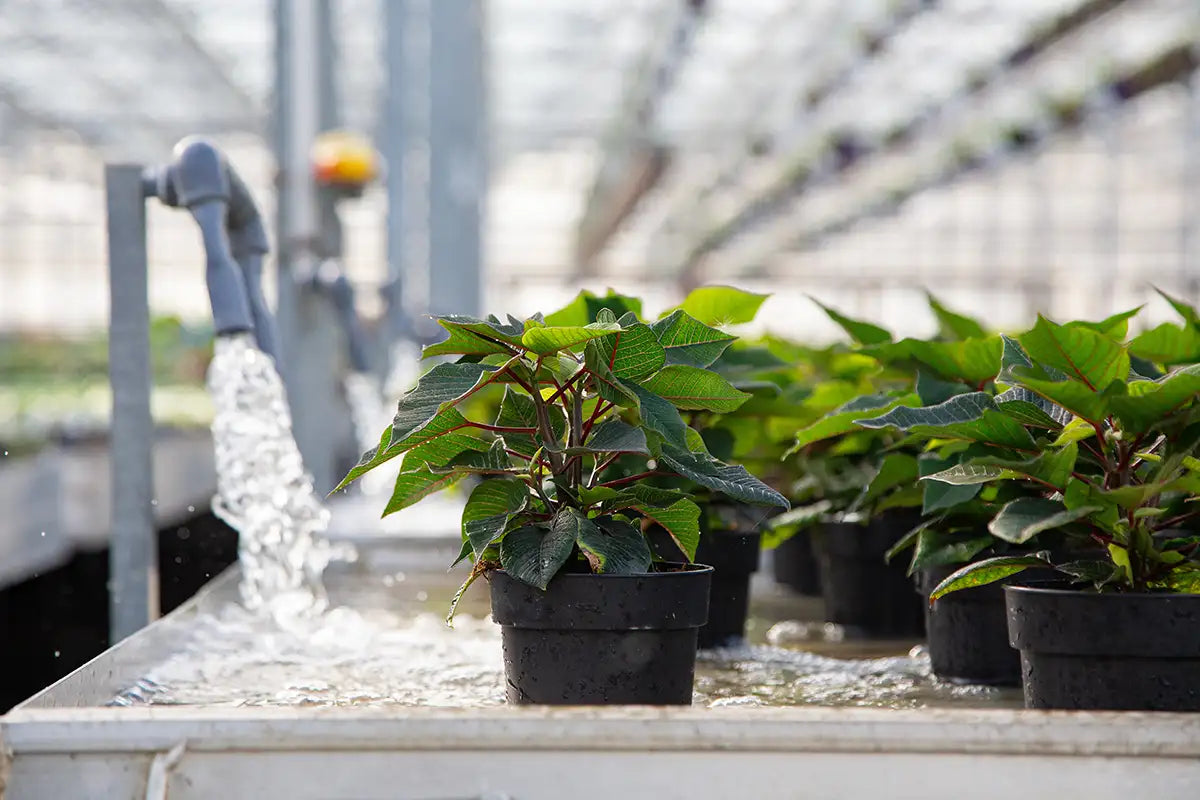
Growing Practices & Variety Selection
A preventative approach to growing is at the core of our Integrated Pest Management (IPM) strategy, helping reduce the need for chemical treatments from the start. By selecting plant varieties with tested disease resistance, we lower the likelihood of problems both in growing and in home gardens.
In the production greenhouse, bottom watering keeps foliage dry to prevent fungal issues, early spacing improves air circulation to limit disease spread, and hot water disinfection of tables between crops controls pests and pathogens without the use of chemicals.
These practices work together to support healthier plants while significantly reducing the need for chemical applications, creating a safer, more sustainable growing environment.
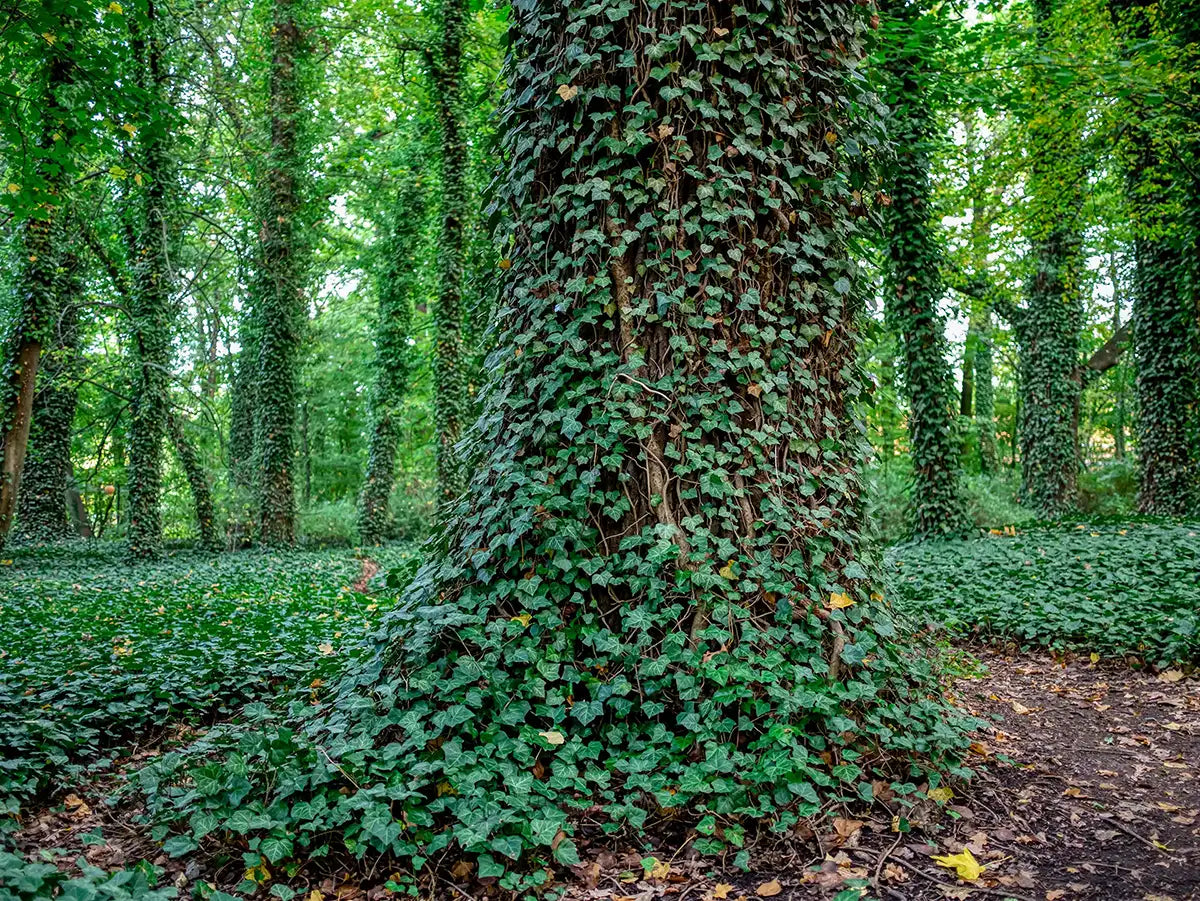
Discontinuing Invasive Species
Invasive plants pose a serious threat to our local ecosystems. They out-compete native species, disrupt forest and green space health, and can spread rapidly through running roots or seeds carried by birds and animals.
We began discontinuing invasive plants over 10 years ago, after seeing the damage they cause in our own natural spaces. We are constantly learning and working to eliminate varieties as we become aware of their status as invasive and can source suitable alternatives for our customers. We're proud of what we've managed to discontinue so far.
This is an ongoing project and we continue to monitor the invasive species lists by the Ontario Invasive Plant Council and the Credit Valley Conservation Authority as new updates are provided.

Native Plant Selection
Over the past three years, we’ve been steadily expanding our selection of native plants to better support local biodiversity and pollinator health. We’re learning to grow a number of species ourselves using seed sourced from within our eco-region and from multiple sources to encourage strong genetic diversity.
When we bring in finished plants, we purchase exclusively from growers within our eco-region to ensure the plants are well-suited to our local ecosystem. Our selection includes a wide range of native perennials, shrubs, trees, water plants, and vines to support diverse gardens.

Hot Water Heating
Our production greenhouses are heated with a hot water boiler from the Netherlands, built with advanced European low-emission technology. Hot water heating provides even, efficient warmth that improves growing conditions while reducing energy waste.
The system operates at an impressive 90-98% efficiency, meaning more energy goes directly into heating and less is lost, reducing our fuel consumption. It also meets strict European emission standards, far surpassing Canadian requirements, which means a lower carbon footprint and minimal environmental impact.
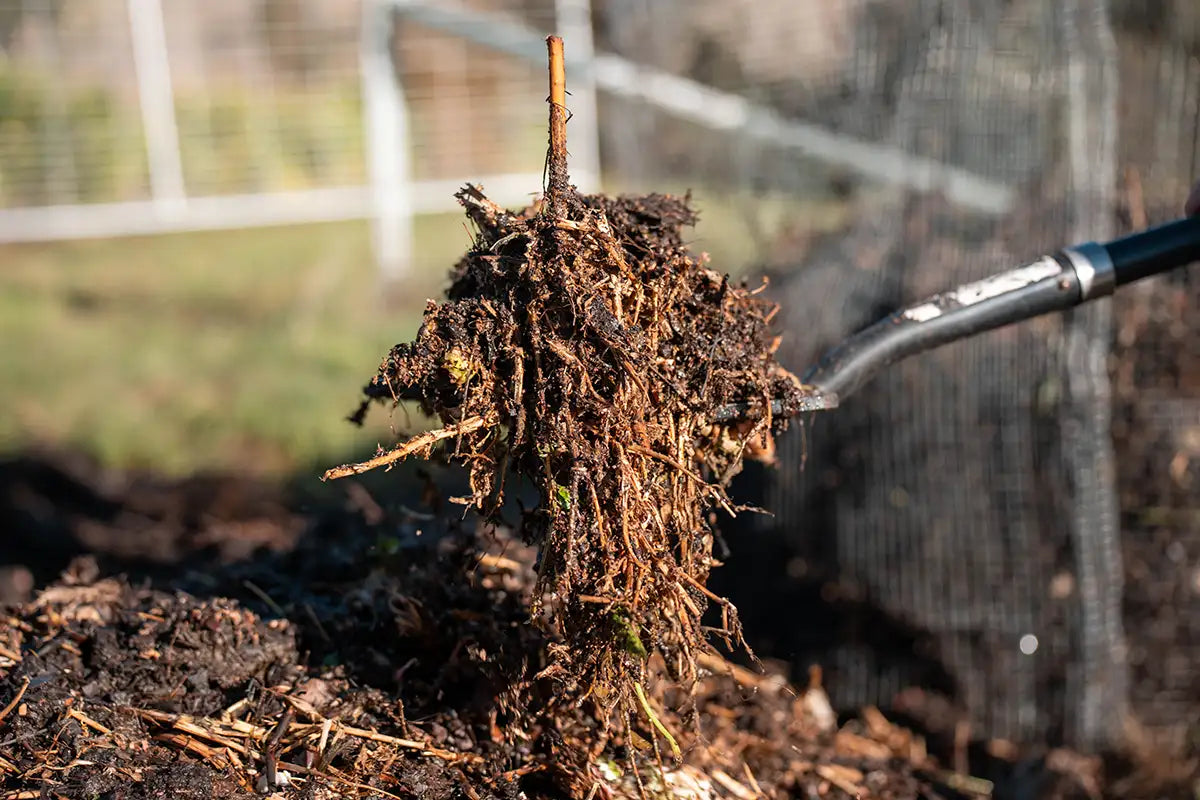
Composting
Our customers always seem surprised to hear that we compost, but it just makes sense! All of our plant waste is composted right here on site and put back into our fields.
Soft plant material is sifted and used each year, while woodier material is chipped and left to break down slowly. Once it's fully composted, we spread it on our outdoor fields to add nutrients and organic matter to the soil. It's a simple, low-waste way to care for our land.


